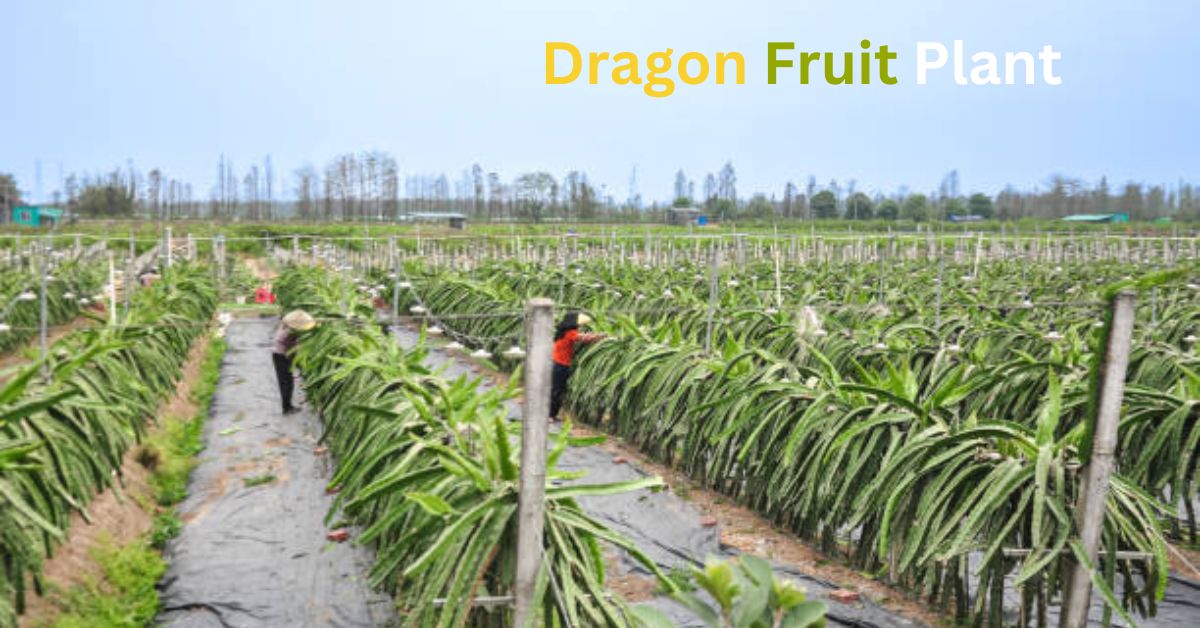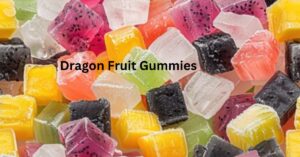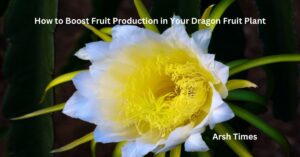
The yellow dragon fruit, a captivating cultivar of Hylocereus megalanthus, is gaining popularity among home gardeners and commercial growers. Native to the tropical regions of South America, this unique cactus species stands out for its stunning appearance and sweet, golden fruits. Let’s explore how to cultivate, care for, and enjoy this exotic plant.
Why Grow Yellow Dragon Fruit?
The yellow dragon fruit is visually striking, with its bright yellow skin contrasting the more common pink or red varieties. Inside, its translucent white flesh is speckled with tiny black seeds, offering a flavor reminiscent of sweet melon and kiwi with floral undertones.
Beyond its edible appeal, this plant is a visual spectacle. Its vigorous climbing habit requires sturdy support structures like trellises or fences, creating a living tapestry in any garden. At night, its large, fragrant flowers bloom, attracting nocturnal pollinators such as moths and bats, adding a touch of enchantment to your garden.
How to Cultivate Yellow Dragon Fruit
Growing yellow dragon fruit is straightforward if you understand its specific needs. Here are the key factors.
Sunlight and Climate
- Optimal Conditions: The yellow dragon fruit thrives in warm, sunny climates. Aim for 6-8 hours of direct sunlight daily.
- Protection from Wind: Strong winds can damage its delicate vines, so ensure proper shelter.
- Temperature Tolerance: While it prefers tropical or subtropical conditions, it can tolerate mild fluctuations if adequately cared for.
Soil and Watering
- Well-Drained Soil: Use sandy loam or a cactus mix for optimal growth. Poor drainage can lead to root rot.
- Watering Schedule: Allow the soil to dry slightly between waterings. Increase watering frequency during the active growing season but avoid overwatering.
Support Structures
- Climbing Habit: Provide robust support like trellises, fences, or strong posts. This guides the plant’s growth and prevents sprawling.
- Pruning: Regular pruning ensures manageable growth and encourages fruit production.
Pollination
- Natural Pollination: Nocturnal pollinators such as bats and moths often assist.
- Hand Pollination: Use a small brush or cotton swab to transfer pollen between flowers for better fruit yields.
Harvesting and Storage
- Ripeness Check: The fruit is ready when the skin turns deep yellow and feels slightly soft.
- Storage: Refrigerate harvested fruits for up to a week to maintain freshness.
Propagation Methods
The yellow dragon fruit can be propagated using several techniques.
- Cuttings: The simplest method. Use healthy cuttings with at least three nodes and root them in moist soil or water.
- Air Layering: Wound a stem and wrap it with moist sphagnum moss to encourage root growth.
- Seed Propagation: While possible, this method is slower and less reliable compared to cuttings or air layering.
Nutritional Benefits of Yellow Dragon Fruit
Beyond its delightful flavor, yellow dragon fruit is a nutritional powerhouse.
- Antioxidants: Packed with vitamins C and E, flavonoids, and betalains, it offers significant antioxidant protection.
- Fiber: Promotes digestive health and helps regulate blood sugar levels.
- Minerals: Contains calcium, magnesium, and phosphorus, essential for overall health.
- B Vitamins: Rich in B1, B2, and B3, supporting energy metabolism and overall vitality.
Culinary Uses
The vibrant appearance and unique flavor of yellow dragon fruit make it a versatile culinary ingredient. Here are some ideas.
- Fresh: Enjoy it straight from the fruit by scooping out the flesh with a spoon.
- Smoothies and Salads: Add to tropical fruit salads or blend into refreshing smoothies.
- Desserts: Use it in cakes, sorbets, or as a garnish for pastries.
- Jams and Juices: Create vibrant jams and fresh juices to savor its sweetness year-round.
Challenges and Considerations
While yellow dragon fruit is relatively easy to grow, some challenges include.
- Pests: Look out for mealybugs, scale insects, and spider mites.
- Diseases: Root rot and fungal infections can occur due to overwatering or poor drainage.
- Climate Limitations: It’s best suited to warm, tropical climates. In cooler regions, consider greenhouse cultivation.
- Fruit Set Issues: Insufficient pollination, especially in cooler climates, can lead to inconsistent fruit production.
A Golden Gem: Cultivating the Yellow Dragon Fruit Plant
| Aspect | Description |
| Plant Type | Cactus |
| Origin | Tropical and Subtropical regions |
| Climate | Warm, humid, and frost-free |
| Sunlight | Full sun (6-8 hours daily) |
| Soil | Well-draining, sandy loam |
| Water | Regular watering during growth, reduce in winter |
| Fertilizer | Balanced fertilizer during growth, reduce in winter |
| Propagation | Cuttings |
| Support | Trellis or fence for climbing |
| Harvest | 1-2 years after planting |
| Pests and Diseases | Scale insects, mealybugs, fungal diseases |
| Special Considerations | Protect from frost, provide adequate support, hand-pollinate flowers for optimal fruit production |
Tips for Successful Cultivation
- Choose Healthy Plants: Start with disease-free cuttings or seedlings.
- Optimize Pollination: If natural pollinators are scarce, hand pollination ensures consistent fruit yields.
- Monitor Growth: Regularly check for signs of pests or diseases.
- Soil Testing: Ensure proper pH and nutrient levels for optimal growth.
- Seasonal Care: Adjust watering and care routines based on the growing season.
Incorporating Yellow Dragon Fruit into Your Garden
Adding yellow dragon fruit to your garden provides more than just a source of delicious fruit. It’s a conversation starter, thanks to its striking appearance and nocturnal flowers. Its climbing habit also makes it an excellent choice for vertical gardening, maximizing space efficiency.
Conclusion
The yellow dragon fruit plant is a golden gem, offering a rewarding experience for gardeners and food enthusiasts alike. By understanding its cultivation needs—from sunlight and soil requirements to propagation and care—you can successfully grow this exotic plant in your garden. Whether you’re enjoying its sweet, juicy fruits or marveling at its stunning blooms, the yellow dragon fruit is a true treasure. Start cultivating this vibrant plant today and enjoy its beauty and bounty for years to come.





